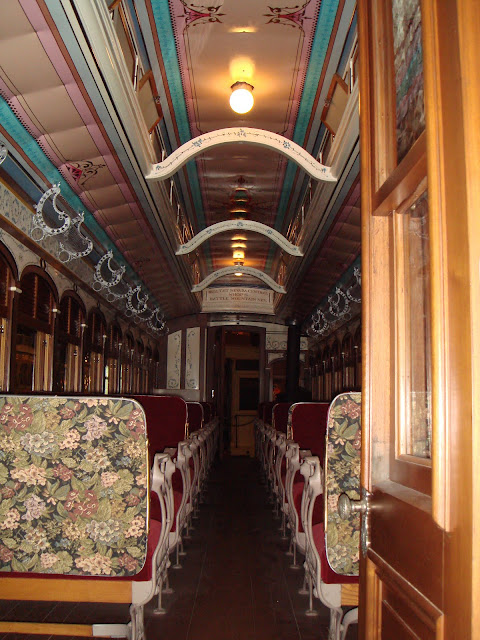CALIFORNIA STATE RAILROAD MUSEUM
These few photos do not sufficiently celebrate the great exhibits and collection at the Museum. It is certainly worth a visit when you get Sacramento.
One of the great lessons is the credit deserved by the Chinese rock pickers and laborers who contributed mightily to the construction of the rail lines.
They worked 12 hours, 6 days a week and sometimes made only a 4 inch gain a day as they picked through mountains.
Without them, the railroads would never have made it through the west.
A COSMIC ROAD PROJECT
A COSMIC ROAD PROJECT
MEANWHILE BACK ON EARTH
A SHOW OF MOSS
A SHOW OF MOSS
Moss and lichen were in great abundance along the mountain side as we climbed up the Mother Lode Highway 49 to Downieville, tucked along the north Yuba River.
Patches of snow lined road banks, as light rain and fog filled the magnificent vistas. The moisture made the mosses and lichen glisten.
The air was rich and fresh, with the scent of pine and mountain water. It is, by nature, a capture of the pristine essence of an earlier era. Untouched, unspoiled and the way the gold rush miners found it.
See you down the trail.





















































